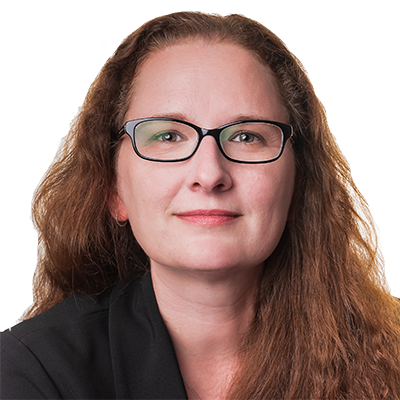Millennial homebuyers swarm the real estate ‘Goldilocks zone’, but what happens to renters and the under-utilised CBD?
Younger Aussies are ditching their inner-city apartments and snapping up homes in droves in the lucrative ‘Goldilocks zone’.
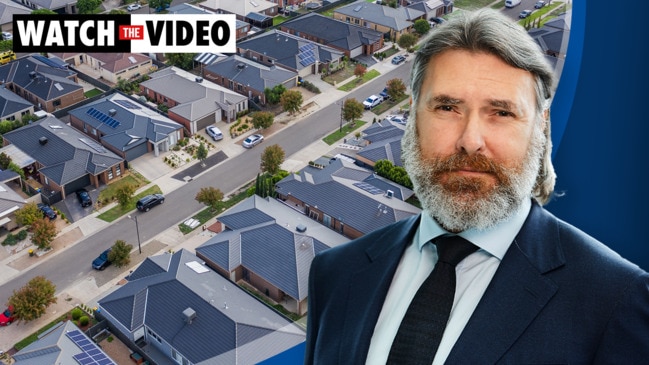
A new term has been coined for a residential property trend induced by the COVID-19 pandemic that’s here to stay.
Data has shown Australians are snapping up homes in droves in the “Goldilocks zone” on city fringes or even further, such as Bowral outside Sydney, Daylesford northwest of Melbourne and Maleny in Queensland’s Sunshine Coast region.
The seachange or treechange movement seen around the nation for the past 20 years or so was previously popular with those aged 55 and over seeking to “downshift and downsize”, The Demographics Group managing director Bernard Salt said.
But now, it’s being done by people aged 25 to 44.
As millennials emerge from their city hipster apartments with children in tow, they’re seeking a better lifestyle, with the once-in-a-lifetime health crisis proving working from home and only commuting to the CBD once or twice a week can be productive and result in far better lifestyles.

Thankfully, it all happened towards the end of the NBN rollout, with today’s 5.6 per cent unemployment rate showing “we’ve done pretty well”, Mr Salt said.
“I think there’s probably a Goldilocks zone between the edge of the city and maybe 130-140km from the CBD,” Mr Salt told NCA NewsWire.
“People taking their job, relocating to a lifestyle, seachange or treechange area but still within striking distance of a capital city. That’s certainly an ascendant trend and I don’t see it as a flash in the pan or it reverting to normal.
“There are strong lifestyle, structural reasons behind this … they’re raising families. This is not something they can flip into and flip out of – they’re there until their kids grow up.
“The city is too expensive, too difficult, too congested. We can now telecommute … it’s a better quality of life.”
Mr Salt has labelled these lifestyle town lovers VESPAs – Virus Escapees Seeking Provincial Australia.
“They’re all over Byron Bay,” he said.
Renters
He noted there was still a strong market for permanent rental accommodation, potentially including the emerging build-to-rent sector pioneered by Mirvac that Daniel Grollo of collapsed construction giant Grocon sees as his future.
There wasn’t just demand from financially disadvantaged people who could not afford to step on Australia’s increasingly expensive property ownership ladder, Mr Salt said, but “transient” people who didn’t know yet what they wanted to do.
But for those who could stump up the eye-watering deposits required, there would be a significant shift into homebuying and home embellishment.
“There will be a component of the Australian population even beyond the millennials who are never quite sure what they’re doing and therefore will want to rent in a semi-permanent arrangement,” Mr Salt said.
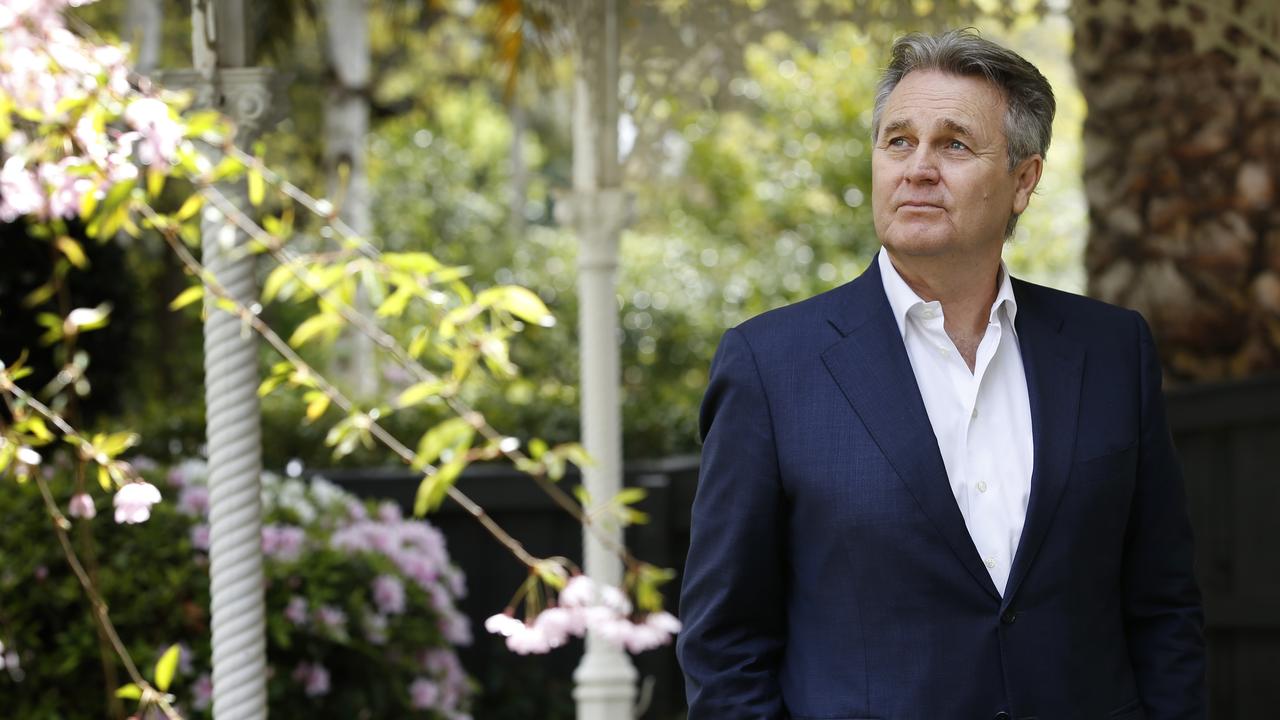
“But I think the main shift or inflection point is going to be driven by these millennials being dragged on a conveyor belt through the hipster phase of their life cycle and into family formation and family development.
“What suits you at 31 does not suit you at 38 or 39 when you’ve got two kids.”
For that category of people – who don’t want to do the sea or tree change – demand for property 7-15km from the CBD – “that first ring of garden suburbs where you get a front yard and a backyard” – will remain strong
Property developers would likely respond to the growing need for multiple dedicated workspaces around the home, maybe not necessarily additional offices but more cabled-up “nooks” suitable for children just doing a bit of homework, Mr Salt said.
People are also talking about “the need for a Zoom room”.
The 20-minute city
Suburbs transforming into not just places where people live but also surrounded by the business services they need to work effectively from home – the decentralisation of CBDs, a long-held dream of urban planners – has finally become a reality.
“You might live in Wanneroo (in Perth’s north) but you work in Joondalup. You live, work, recreate, go to university, go to hospital, go to a cafe, meet a client, all within your local area rather than going into the city centre,” Mr Salt said.
“You’re actually creating an interconnected system of urban cells, almost, based around a Dandenong town centre (for example).
“So there’s a requirement for all of those services that were in the CBD to strengthen in these regional centres. That might be like office supplies, consultants and contractor-type services.
“If you’re setting up your home office, you do need a printer, you do need stationery supplies, but you kind of need sort of a geek to come and fix stuff for you as well.
“That starts to generate a whole new – I hate this term but it’s true – ecosystem of business support services strengthening in the suburbs.”
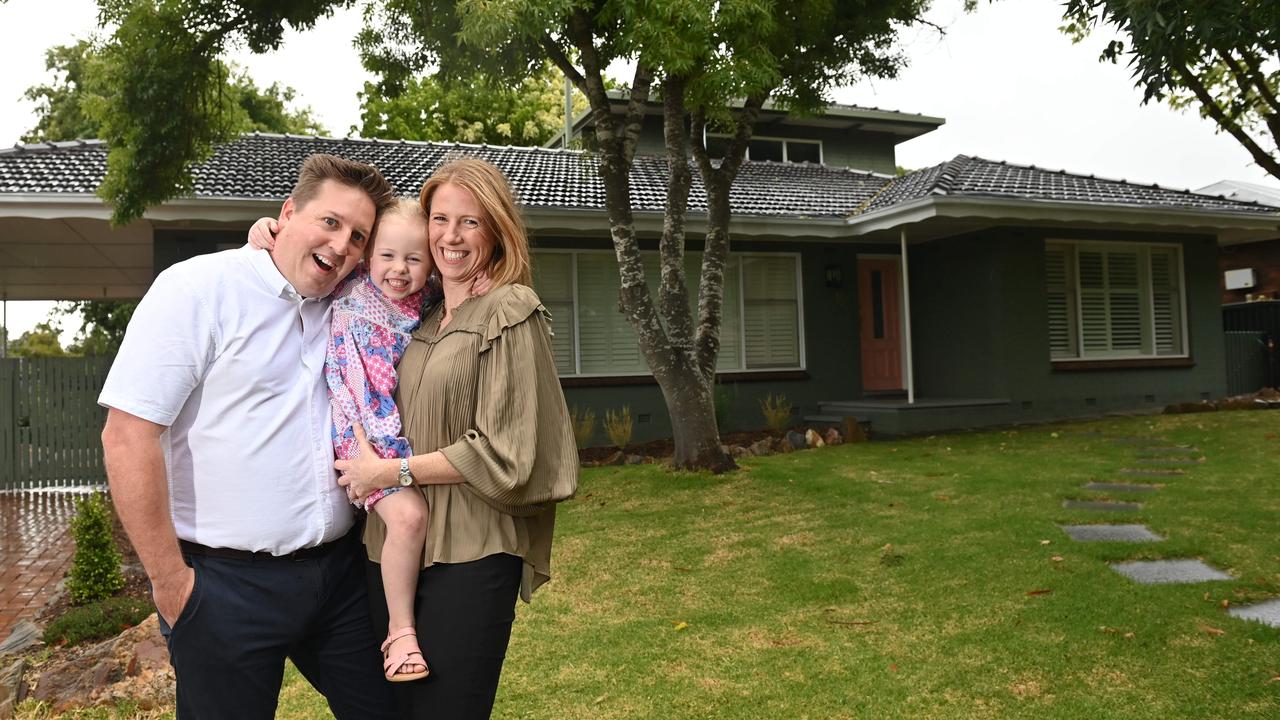
He described the work-from-home movement as “putting a defibrillator across the fat belly of middle Australia, little suburbs”.
“And you jump it into life,” Mr Salt said.
Activating suburbia was not just better for mental health than leaving the home at 7am to go to the office, returning after nightfall, it also took cars off the roads and reduced carbon emissions, he said.
Previously, the much-vaunted “20-minute city” dream was never really going to catch on.
“It took the pandemic in a bizarre social experiment to show workers and workplaces, employers, that it is possible to work from home – not everyone – but you only need 10 or 20 per cent of workers additionally to make this work,” Mr Salt said.
After hobbling through the worst of COVID-19 last year, it dawned on us: Why would we rebuild the systems and narrative of urban life that we had previously?
“It was a flawed model. Commuting from Rockingham to the (Perth) city centre every day is kind of silly,” Mr Salt said.
“It took the pandemic to show us the way. It caused us a lot of hardship, but actually, it’s a wake-up call to think ‘we can do this better, let’s rebuild it better’.
“And most Australians would say ‘yes, I’m on-board with that’.”
So what becomes of the CBD?
Mr Salt said bosses who wanted to revert to the bad old ways and drag workers back to their cubicles where their productivity could be monitored with eagle eyes would be met with “revolution”.
“Workers just won’t buy it, the next generation will not buy it,” he said.
“They will say ‘there is a better way to do this and I do not want to work for an organisation that bullies me into delivering my workplace values in a particular way’.”
But there will always be CBD offices, albeit pared back, because that’s where collaborative work and deals are done.

“The CBD has got to go through a transformation: the ASX top 200 businesses are not going to be run from a home office in Dalkeith,” Mr Salt said.
“The CEO and his or her direct reporters need to be in St Georges Terrace or wherever.
“The CBD ‘spine’ will be fine – it’s all the secondary, tertiary space on the edges that will change value, I think.”
Under-utilised space could be repurposed for housing, he said, such as converting strip shops into homes as retailers respond to the massive shift to online shopping by shutting up stores.
Again, the pandemic has shown us something positive – that the homeless issue could be solved – although moving people from the streets into hotels is obviously not a permanent solution.
“Can we look at that with fresh eyes and say ‘what can we do? Can we convert that into social housing?’” Mr Salt said.
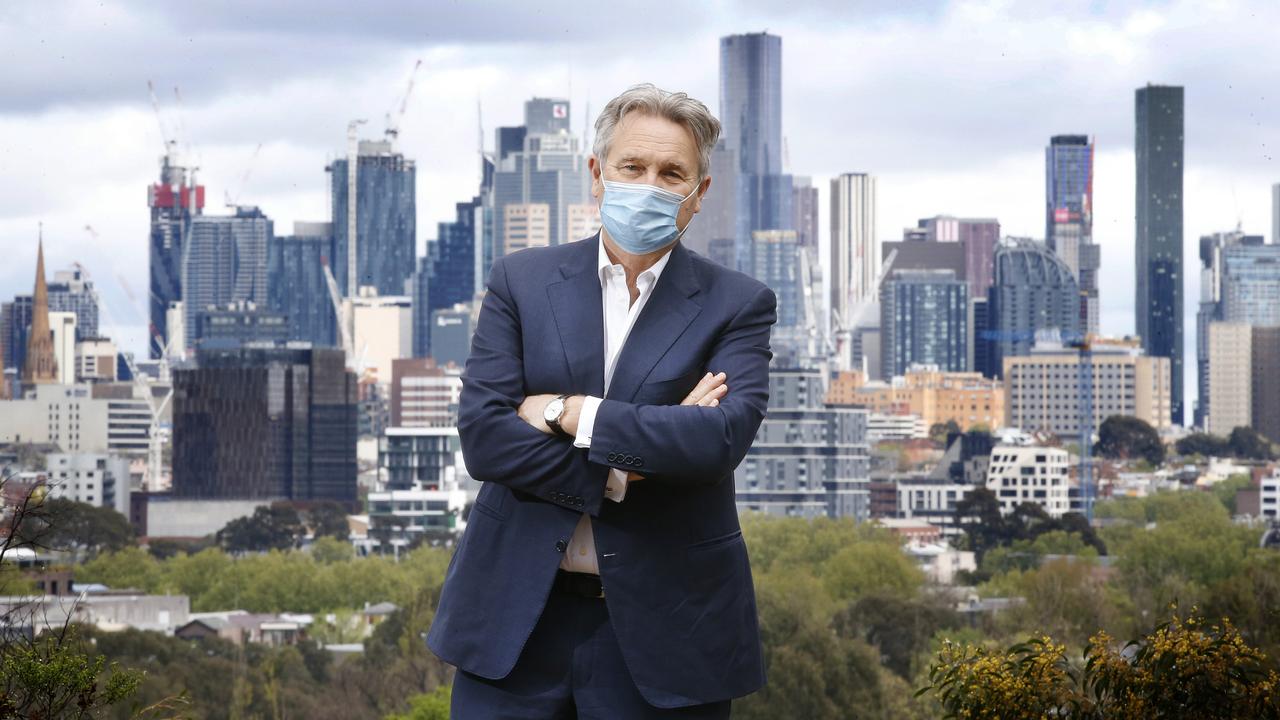
“Let’s be bold, let’s be ambitious, let’s be proactive and create a better version of the societies and the cities that we left behind pre-lockdown.
“I’m an optimist. What I reckon of a post-COVID world may not come to fruition.
“(But) generally we are a positive, aspirational people.”
One thing seems certain: Many of the massive changes the health crisis brought about are here to stay and have been a silver lining to an otherwise traumatic event.

